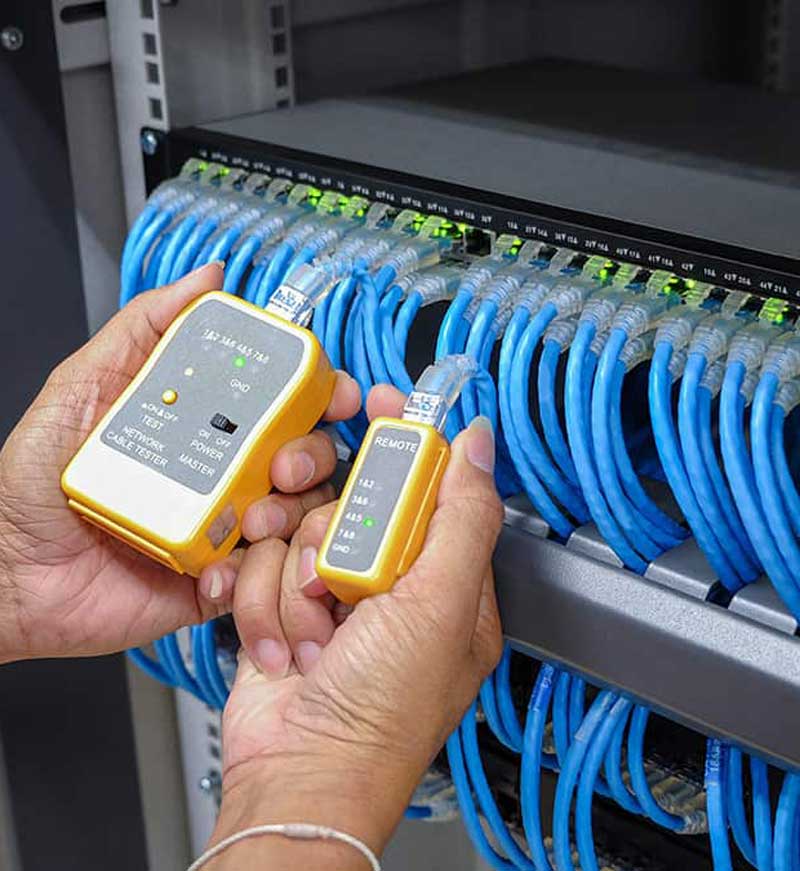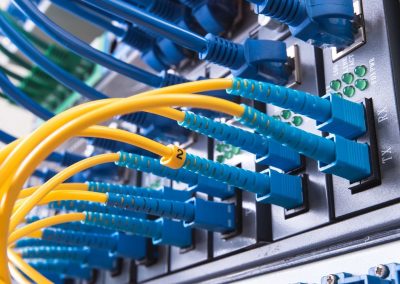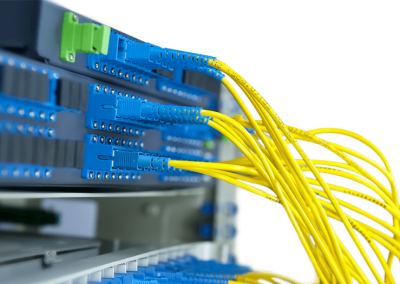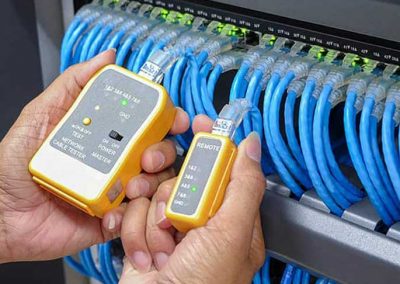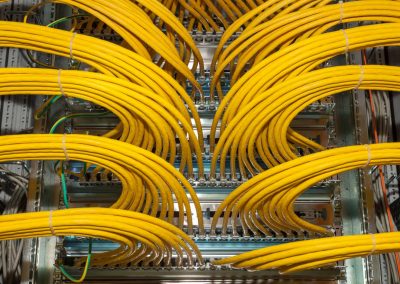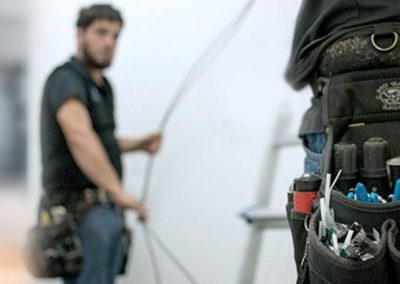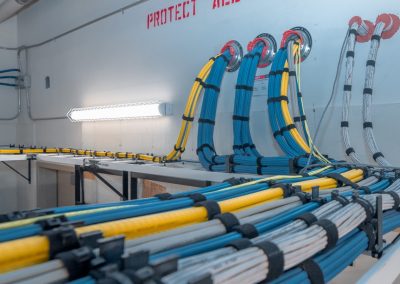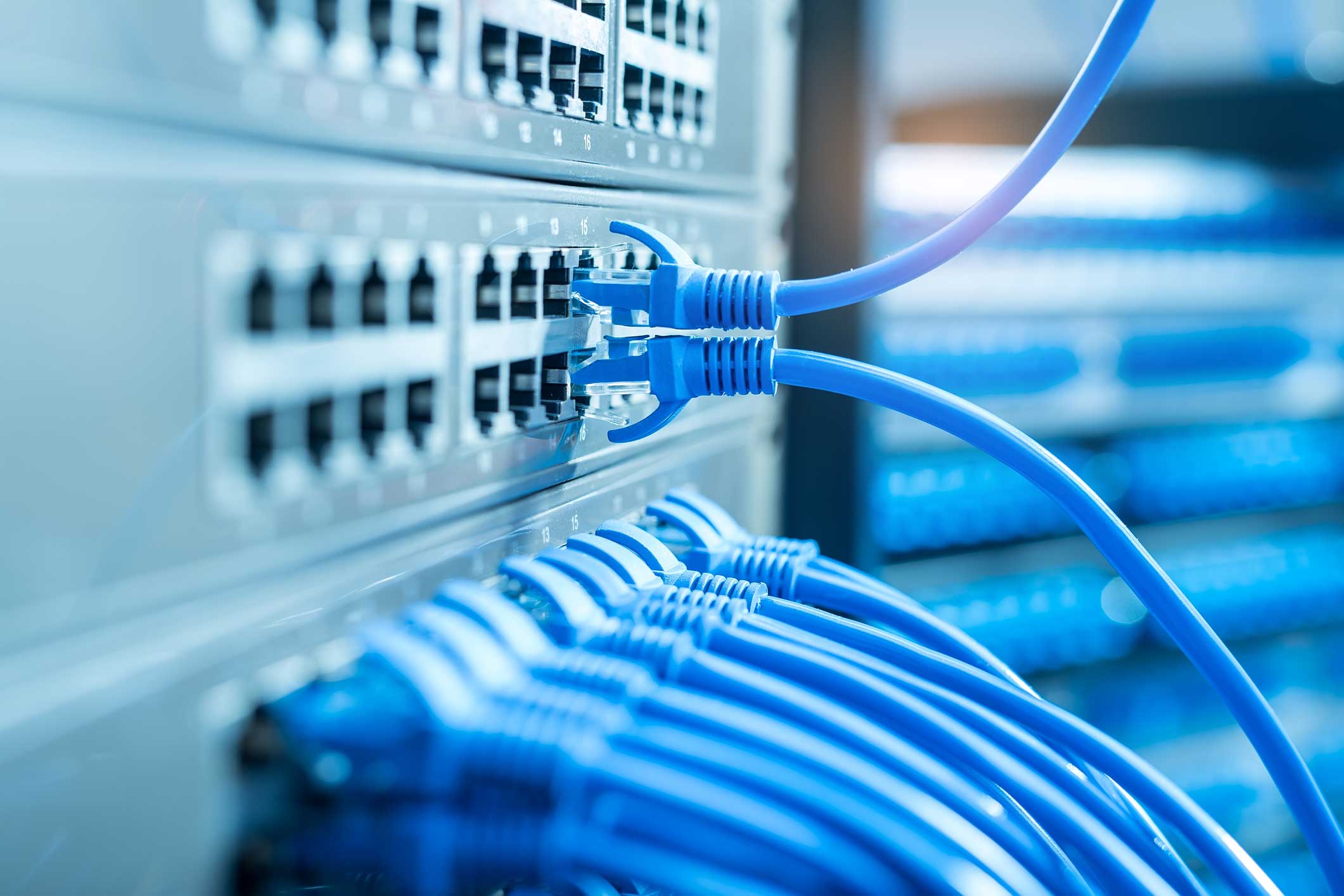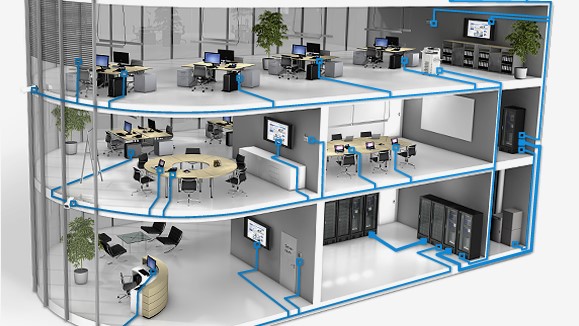Structured Cabling System Hawaii
Structured cabling is a type of infrastructure that supports the performance of an organisation’s cabling system or network. It is the glue that binds all voice, data, video, and various management systems (e.g. security alarms, security access, energy system, etc.) and other devices used within the business together – providing a reliable and versatile solution to a wide range of communication requirements.
The importance of an organized structured cabling (structured wiring) cabling systems will vary from business to business, but for the majority, it can ensure a highly reliable and cost-effective network infrastructure that will stand the test of time.
Structured Cabling Services We Offer

Free Comprehensive Consultations
Learn More
ITS Hawaii is here to help you with all of your business network needs. We provide free comprehensive consultations to assist you in your decision making process.

Data Network Additions & Optimizations
Learn More
As your business grows, you will need to increase the capacity of your data network. Whether you need something as simple as a new wall jack or increased speed, we’re here for you. We make it easy for you to concentrate on what you do best!
Data Network Relocation (Office Move)
Learn More
Moving offices can be a difficult task. Whether you’re moving into a new office in your existing building or moving into a new building, we can help you with our seamless network relocation service. Let us help to alleviate some of the stress involved with moving offices. Call us for more information.

New Construction Data Network Design & Installation
Learn More
For new construction, we make sure that all designs are completed and reviewed by you and your contractor early on in the construction phase to ensure a smooth installation process. We feel that the best time to install your data network is during the new construction process when all the walls are open, so don’t wait, call us today.
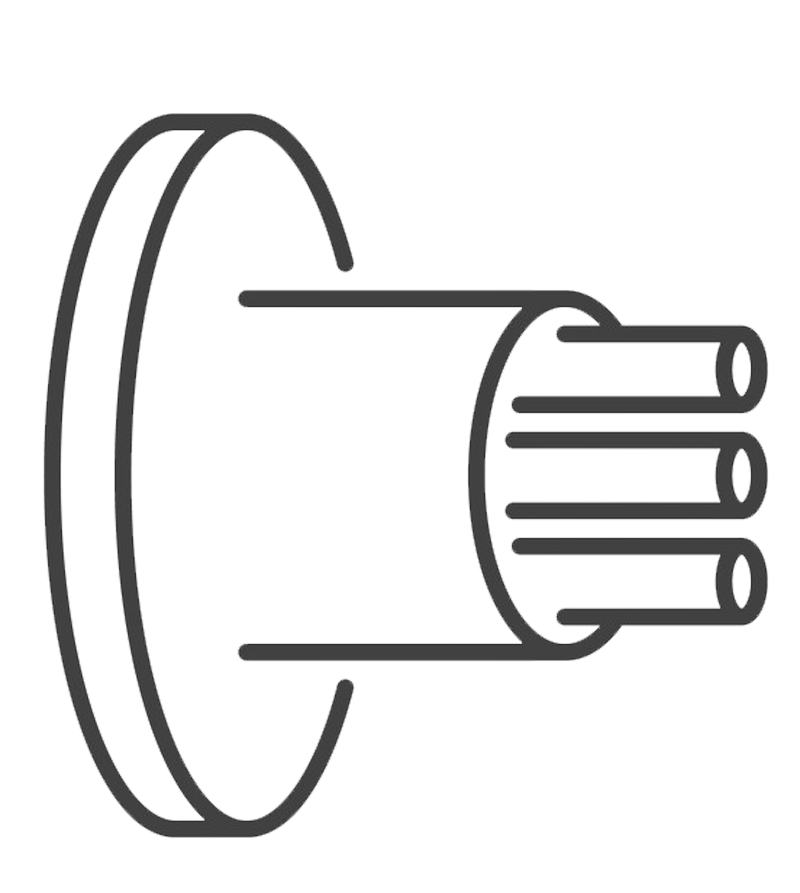
Replacement of Copper Wiring Network to a Fiber Optic Network
Learn More
Fiber Optic cables are faster, more reliable and more secure than copper wiring options. If you are considering an upgrade to your organization’s data network from copper to fiber, we can help you to make that transition. For more information on fiber optic networks, see our blog post for more details. In this post we provide you with the pros and cons of switching to fiber optic cable network.
Existing Data Network Troubleshooting & Repairs
Learn More
All data networks require some form of troubleshooting and repair at some point. That’s what we’re here for. If you’re experiencing frequent or prolonged downtime, we can help. We can troubleshoot and repair your existing system and provide advice on improving your network infrastructure.
Benefits of
Structured Cabling
Cost Effective
Structured cabling reduces overall power usage and maintenance costs. With multiple wiring infrastructures, costs can escalate with time spent troubleshooting an issue. With a single structured wiring system, less money is spent on rectifying these types of issues – boosting overall productivity and growth in any business.
Increased Simplicity
There is a high level of simplicity that comes with an organized cabling system. In a typical office environment, there are multiple devices, IT and equipment being used simultaneously. Therefore, running everything on a single system removes the complexity of having multiple wiring infrastructures.
Reduced Downtime
System failure is one of the risks involved in running an organization. This risk increases when using multiple unorganized cabling structures, resulting in workflow disruptions and network downtime. Eliminate business losses that might occur from downtime by choosing to install a well-planned cabling system.
Complete Flexibility
A structured cabling system provides an enhanced level of flexibility to easily accommodate moves, add-ons and changes – dramatically reducing installation time and ensuring optimum adaptability to any network infrastructure changes. This makes the system easy to take apart and tranfer to a new location.
Types of Wiring Networks We Specialize In
At ITS Hawaii, we have the expertise to certify all copper and fiber optic cables. We will provide a PDF file with all the data for each cable run using a certification tool for category cables and OTDR for fiber optic cables.
Copper Based Networks
Ethernet cable installations are commonly used to connect devices like PC’s and routers together within a local network. Different categories of copper based Ethernet cables are used depending on the required speed of data transmission and the distance between the connected equipment.
CAT 5e (enhanced)
CAT 5e Supports data transmission up to 1000 Mbps.
CAT6
CAT6 structured cabling supports even faster data transmission to 10Gbps and can run up to 700 feet before signal loss.
CAT6a
CAT6 is capable of supporting data transfer rates of up to 10Gbps at a maximum bandwidth of 500MHz.
CAT8
CAT8 is capable of supporting data transfer rates of up to 25 to 40 Gbps at a maximum bandwidth of 2000 MHz.
Coaxial Copper Cable
The transmission speed of coaxial cable is 10Mbps and they offer 80 times more transmission capacity than twisted pair cables.
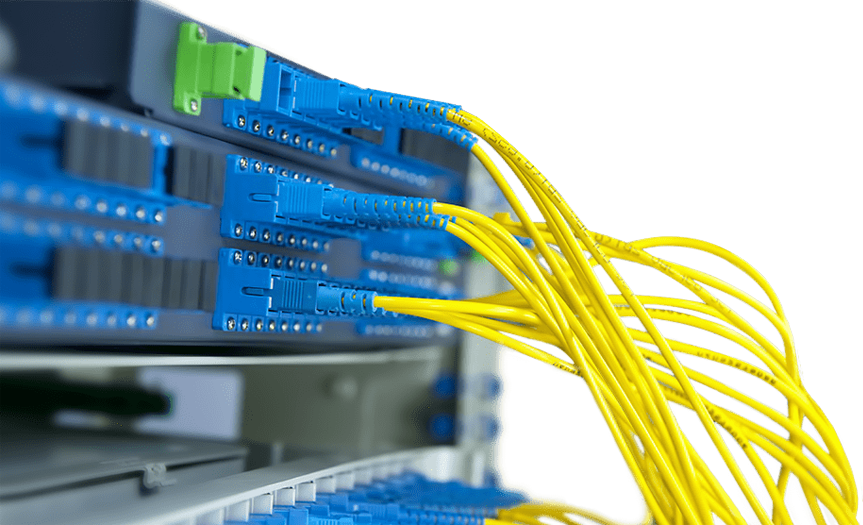
Fiber Optic Cables
Fiber optic installations are best for fastest speeds and even greater distances. Fiber cable is made of glass strands as opposed to Ethernet’s copper. Glass carries digital information with light instead of electrical currents carried by copper.
Single Mode (SMF)
Multi Mode (MMF)
What Type of Cabling Do You Need For Your Home or Business?
Fiber Optic vs. Copper Cabling
So what’s the best choice of cable for your data network? I bet you guessed the answer… It depends. Both copper and fiber optic cabling have their advantages and unique characteristics in network infrastructures. Copper has already existed in many places and its an affordable option for network device connection. However, with the dramatic reduction of cost of optical deployment, the fiber optic cable shows more advantages over copper and has a better prospect in the future market due to its fast, reliable and secure nature. While copper cabling is still a good option for the majority of businesses and homes, fiber optics are clearly the superior technology. So if fiber is so much better, why would you ever choose copper? Here are some reasons below:
- The building is already wired for copper and you only need to add or move a few lines.
- You need a very small network, with short cable runs and won’t be using the network to transfer large files.
- The network backbone is already copper and your budget doesn’t allow for upgrading the whole network.
ITS Hawaii can help you determine whether a copper or fiber optic data network solution is right for you! Whether you don’t have a system, or you’re thinking of upgrading your current system, give us a call today and one of our experienced data network engineers will do a site visit and provide you with a free consultation. If you want to learn more about which cabling type is the best for your home or business, see our blog post for more details. In our post we detail the 6 factors in determining which type of cabling infrastructure is right for you.

